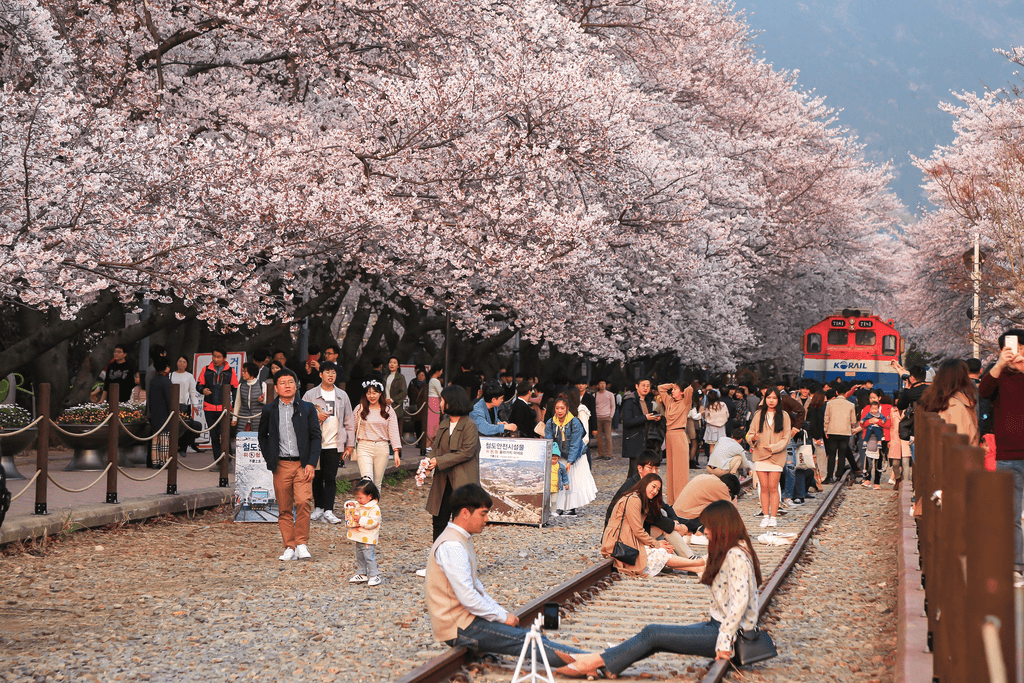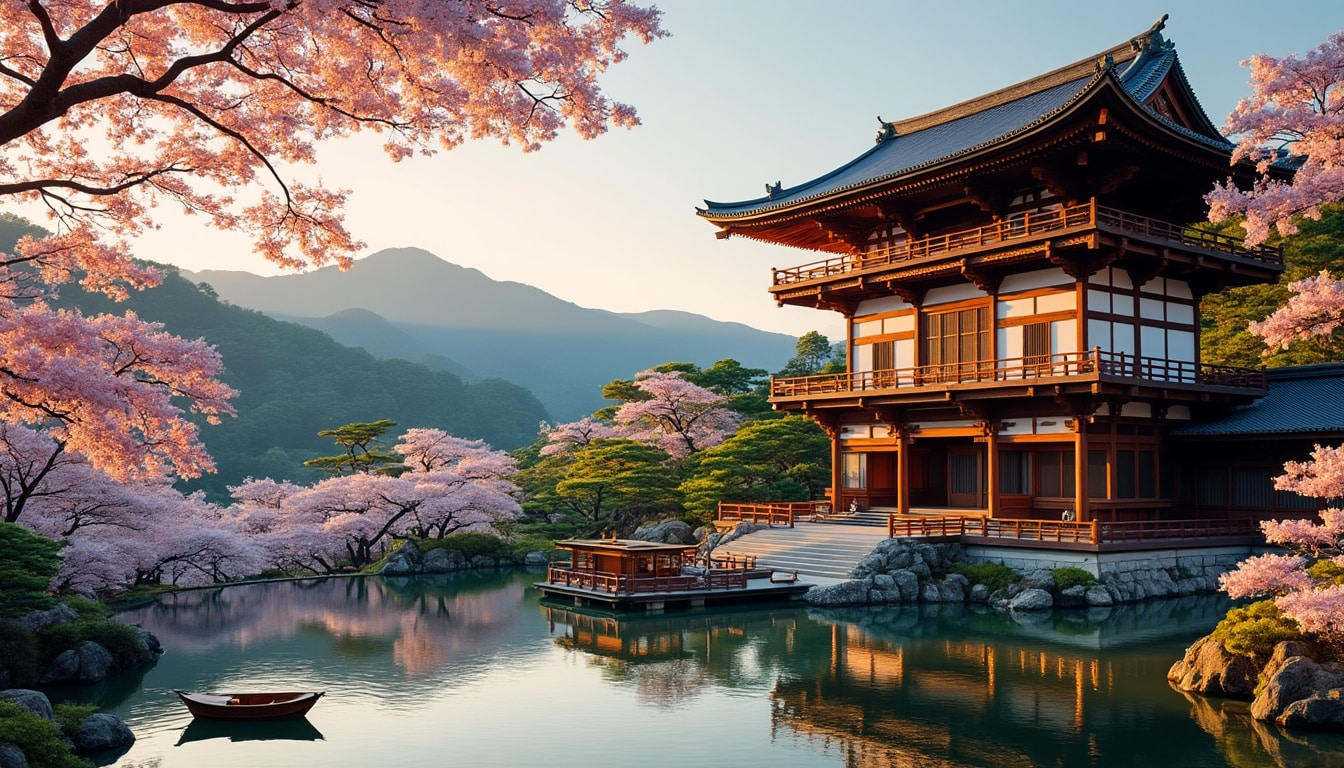Every spring in Japan, the blooming of sakura (cherry blossoms) transforms parks, streets and waterways into seas of pink and white — but the phenomenon is far more than a pretty backdrop. It embodies hanami, the tradition of gathering under cherry-trees to celebrate nature’s fleeting beauty, rooted in centuries of Japanese aesthetics and philosophy. These gatherings offer travellers a window into Japanese community life, seasonal rituals and cultural reverence for impermanence.
The significance of hanami lies not just in the blossoms themselves, but in their temporality and symbolism. The blossoms peak and then fade within days, a living expression of mono no aware — the awareness of life’s transience. During the festivals, people picnic beneath trees, enjoy food stalls, watch traditional performances like taiko drumming and tea ceremonies, and stroll illuminated night-blossom vistas known as yozakura. For culture-seeking travellers, participating in hanami is less about snapping photos and more about slowing down, connecting with community and acknowledging the cycle of nature.
To get the most from this cultural experience, align your travel with the bloom forecast (typically late March through April, but varies by region), choose a mix of iconic spots and quieter neighbourhoods, and engage respectfully with local customs — carry your rubbish, avoid blocking paths, and observe performance etiquette. By doing so you’re drawing on experience (visiting and observing the festival), applying expertise (understanding timing and etiquette), trusting in authoritativeness (traditional culture), and maintaining trustworthiness (respect for local practice). In short — hanami isn’t just a photo-op; it’s a living tradition that invites reflection, celebration and a deeper connection to place.





